Overview of professional microphones for voice, streaming (Let's Plays) and instruments
Some of you noticed that I sing on Smule with professional vocal microphones. On a previous page I explain how to connect a professional vocal microphone to your mobile phone. On this page I would like to give a brief overview of the currently most popular vocal and streaming microphones available on the market. Every professional microphone has its own purposes and characteristics. Whether you're singing at Smule, doing home recording or broadcasting your own Let's Plays or Livestreaming on YouTube or Twitch, I hope I can give you some helpful information here to get some order in the jungle.
The featured microphones require + 48V phantom power and are all connected via XLR connector to a mixer or audio interface.
Rode NT-1A Large Diaphragm Condenser Microphone (Studio)
Let's start with the Rode NT-1A.* The Rode NT-1A is one of the most popular Allround Studio microphones on the market. As a large-diaphragm condenser microphone, it is characterized by a very low inherent noise and is thus optimally usable for various professional purposes at a very reasonable price. The Rode NT-1A is suited to its characteristics of vocals, speech (streaming and let's plays), guitar (both acoustic and amp) and recording different instruments. For live use on stage, the microphone is inappropriate due to its sensitivity and possible feedback. The recording sound is very authentic to the original sound and most musicians are enthusiastic about the recording quality.
The enclosed microphone spider for attaching the microphone as well as the included XLR cable could be more valuable. Since both can be replaced if necessary, but in my opinion, it does not detract from the matter. If you are looking for a universal professional studio microphone that is ideal for vocals and speech, the Rode NT-1A is the perfect choice.
AKG Perception 420 Large Diaphragm Condenser Microphone (Studio)
Another universally usable studio microphone, but from AKG, is the AKG Perception 420.* It is worth noting that it offers a hardware switch for directional characteristics. While the omnidirectional pattern captures the sound from all directions, the cardioid characteristic only sounds directly from the front, ignoring the eighth characteristic ignores lateral sound and records everything from the frontal and the back. The AKG P420 is also suitable for vocals, speech and guitar removal as well as other instruments. For stage use, it is rather inappropriate due to its sensitivity to sound and the resulting risk for feedback. It has the reputation that especially women's voices with the AKG P420 are very well received.
In general, the microphone is very noisy, sometimes also against background noise, and is rather intense in treble, but has an overall excellent sound. In addition, I have to personally come out as a fan of the AKG sound. The enclosed microphone spider is well made. The bottom line is that I highly recommend the AKG P420 as a professional studio microphone.
Shure SM58 LC (Stage, Live)
If you like to hold the microphone in your hand and are looking for a universal microphone suitable for live use on stage, you will certainly come across the classic Shure SM58 LC* in the research.
Compared to the previously mentioned microphones, the Shure SM58 LC has a very assertive sound, but sounds much duller. Due to its cardioid characteristic (that is, the sound is picked up only from the frontal direction) and rather low level of high-endness, it is not prone to feedback and therefore ideal for use on stage and in the rehearsal room. It can also be used to remove guitars per amp. In the studio it could indeed be used for singing, but for my taste it distorts the sound too much. Likewise I would prefer to use a large diaphragm condenser microphone for the studio for voice recording, Smule as well as for Let's Plays and livestreaming.
In addition to the powerful sound, the Shure SM58 LC must also be praised for its robustness, which is certainly not irrelevant for use on stage. However, it should be noted that the higher and thinner female voices with the Shure LM58 LC may not be so happy with the sound characteristics.
For live use on stage, the Shure LM58 LC is considered the unbeatable number 1. Especially rock voices come out very well.
Sennheiser E835-S (Stage, Live, Rehearsal Room, Home Recording)
Also a microphone designed for rough live use on stage is the Sennheiser E835-S.*
Unlike the Shure LM58 LC, it has a much more balanced, unadulterated sound. It is also suitable for less rocking voices. For rather tender female voices in the direction of pop music and ballads, I think the microphone is even more suitable compared to the Shure SM58 LC. For use in home recording, I think it is not outstanding, but acceptable. However, anyone who does not aim for live performances on stage is better served in my opinion with a corresponding large-diaphragm condenser microphone.
Thus, I would classify the Sennheiser E835-S as a very good universal all-round microphone, although there are more suitable models for special purposes.
Rode Procaster (Language, Let's Plays, Livestreaming)
Some streamer among you may wonder: why is there a dedicated microphone for live streaming and what is it different from other microphones?
Rode has recently closed a niche market with the Rode Procaster.* The big advantage of the Rode Procaster Microphone is that it records virtually no background noise. Often as a streamer has the problem that the loud fan of the computer is running, that road noise occur or other unwanted background backdrop is heard in the stream, which can not be filtered out of the livestream on the fly. Also for a Let's Play additional work is often necessary to free the recording of background noise.
Since the Rode Procaster captures only the near sound, the background noise does not even occur. The disadvantage is that the microphone needs a strong preamplifier. On various mixers thus the input control (or the gain) must be turned up quite far. Also, the speaker must be relatively close to the microphone.
If you have no problems with background noise, I do not need a dedicated livestreaming microphone. The Rode Procaster is designed exclusively for speech and is not suitable for vocals or instruments. For singing, the other large-diaphragm condenser microphones mentioned are preferable.
Who does not aim for a singing career, is limited to speech in the livestream, does not have a suitable microphone or in which the mentioned problems with unwanted background scenery occur, finds in the Rode Procaster a high quality microphone.
Mixer and audio interface
For connection to a mixer or audio interface, please do not forget that not all products have an XLR connection cable* included and that this may have to be ordered.
If you are looking for a professional microphone for streaming and Let's Play and want to connect it via audio interface or mixing console to a PC, you will find further information on my page about streaming equipment.
If you want to connect the professional microphone to a mobile phone or use it for Smule Online Karaoke, you will find information about a suitable audio interface on the Smule equipment page.
If the article has not answered all questions, you can also contact me.
Note about affiliate links
*On this page, I share my personal experience with my own personal experience. If articles such as technical equipment are presented, this is not sponsoring by the manufacturer. Nevertheless, I reserve the right to put affiliate advertising links to shopping sites. In the case of product sales on the linked website, the website operator receives a small commission - of course, without the article for the buyer is thereby more expensive. Affiliate advertising links are marked with an appropriate *.
![]mikrofon_rode_nt1a ]mikrofon_rode_nt1a](https://m.media-amazon.com/images/I/51H-YQL9KDL._SL500_.jpg)


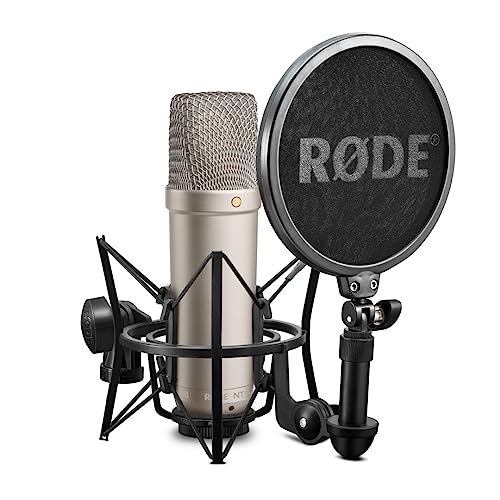

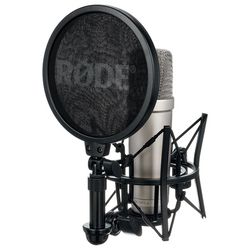
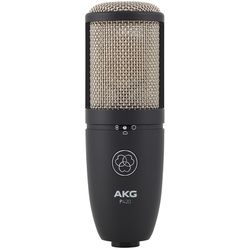

![]mikrofon_sennheiser_e935 ]mikrofon_sennheiser_e935](https://m.media-amazon.com/images/I/21gVQGh6m0L._SL500_.jpg)


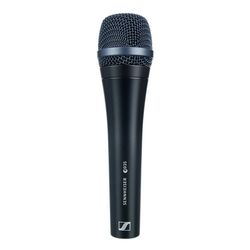
![]mikrofon_shure_beta_58a ]mikrofon_shure_beta_58a](https://m.media-amazon.com/images/I/41gR8mU6RUL._SL500_.jpg)

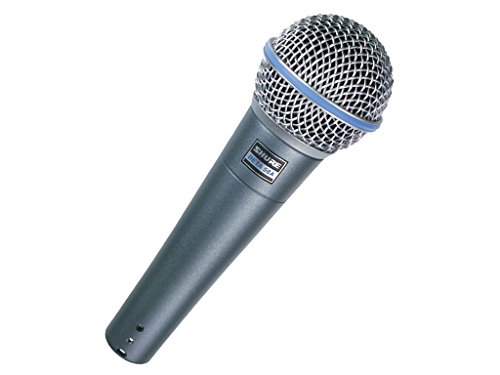

![]mikrofon_sennheiser_e945 ]mikrofon_sennheiser_e945](https://m.media-amazon.com/images/I/31GP9fSbeSL._SL500_.jpg)


